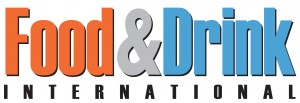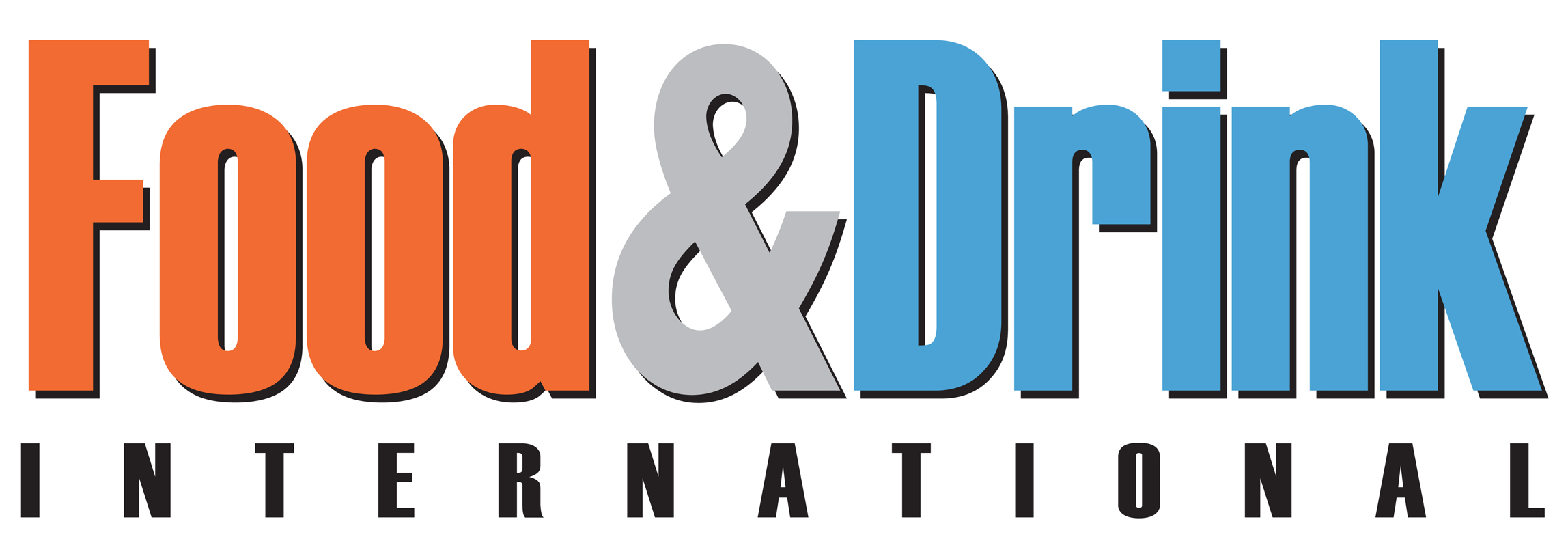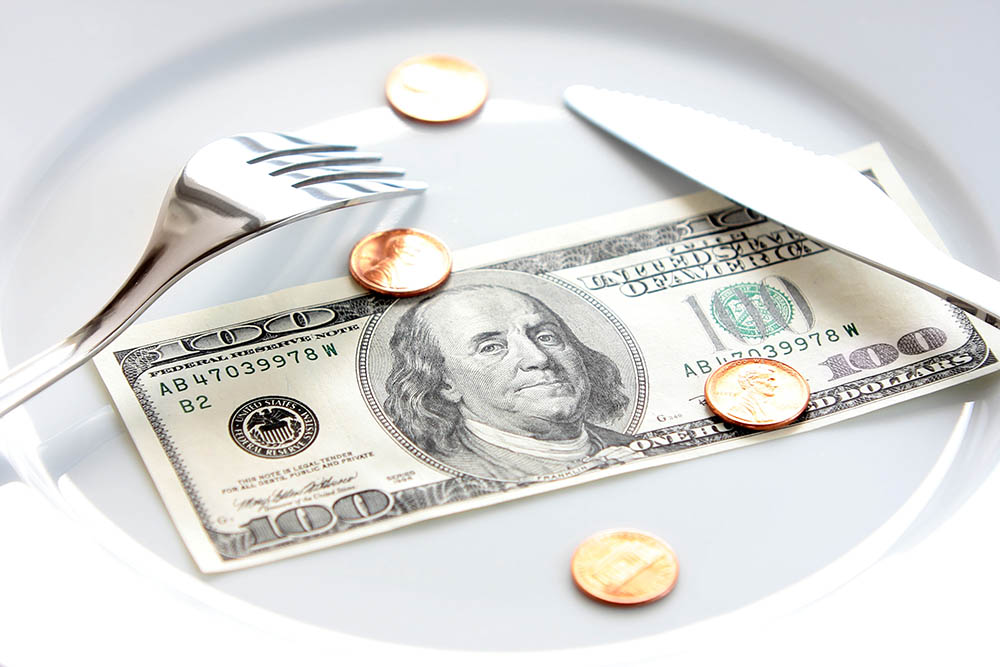The restaurant sector is grappling with ongoing economic challenges in 2025, as new data from Square reveals a sharp decline in consumer confidence and its impact on tipping and sales.
Consumer tipping, a significant part of restaurant worker earnings, has dropped noticeably. In the first quarter of 2025, the average tip on food and beverage transactions was 15.17%, slipping to 14.99% by the second quarter. Quick-service restaurants (QSRs) saw a similar decline, with bars typically receiving the highest tips, though even they experienced a drop from 17.36% in Q1 to 16.96% in Q2.
Meanwhile, oat milk’s rise as a popular coffee choice continues, particularly in coastal states like New Mexico, Maine, and Oregon, where it’s now included in almost half of coffee orders. However, dairy remains the preferred choice in southern and midwestern states, highlighting regional preferences.
In terms of profitability, QSRs and fast-casual concepts are proving to be more resilient in the current economic environment. These segments show consistent growth, with QSRs maintaining steady sales growth between 8.7% and 9.1% throughout 2025. Fast casual restaurants saw a decline in growth from 9.3% in Q4 2024 to 0.9% in 2025, but still outperform fine dining in efficiency and scalability. Labor margins in these categories have also improved, thanks to increased investment in technology, like self-serve kiosks.
Conversely, fine dining establishments are leaning into customer experiences to differentiate themselves, though they continue to face volatile margins. After a significant sales decline in early 2024, fine dining showed signs of recovery with growth between 2.1% and 3.1% in early 2025. However, labor costs and the variable nature of staffing during peak periods remain challenges for the sector.
The rise of online ordering and delivery services also continues to affect margins. While online sales drive a growing share of restaurant revenue, the associated costs, particularly from third-party delivery providers, are cutting into profitability. First-party online ordering offers a more lucrative option, with profit margins 64% higher than third-party services. To counteract these pressures, many restaurants are leveraging Square’s instant payout feature, gaining quicker access to earnings and helping improve cash flow.
In an industry navigating shifting consumer behaviours, tightening margins, and fluctuating labour costs, restaurant operators are seeking smarter ways to manage operations. Technologies that streamline transactions, enhance profitability, and improve customer experiences are becoming critical to success.


